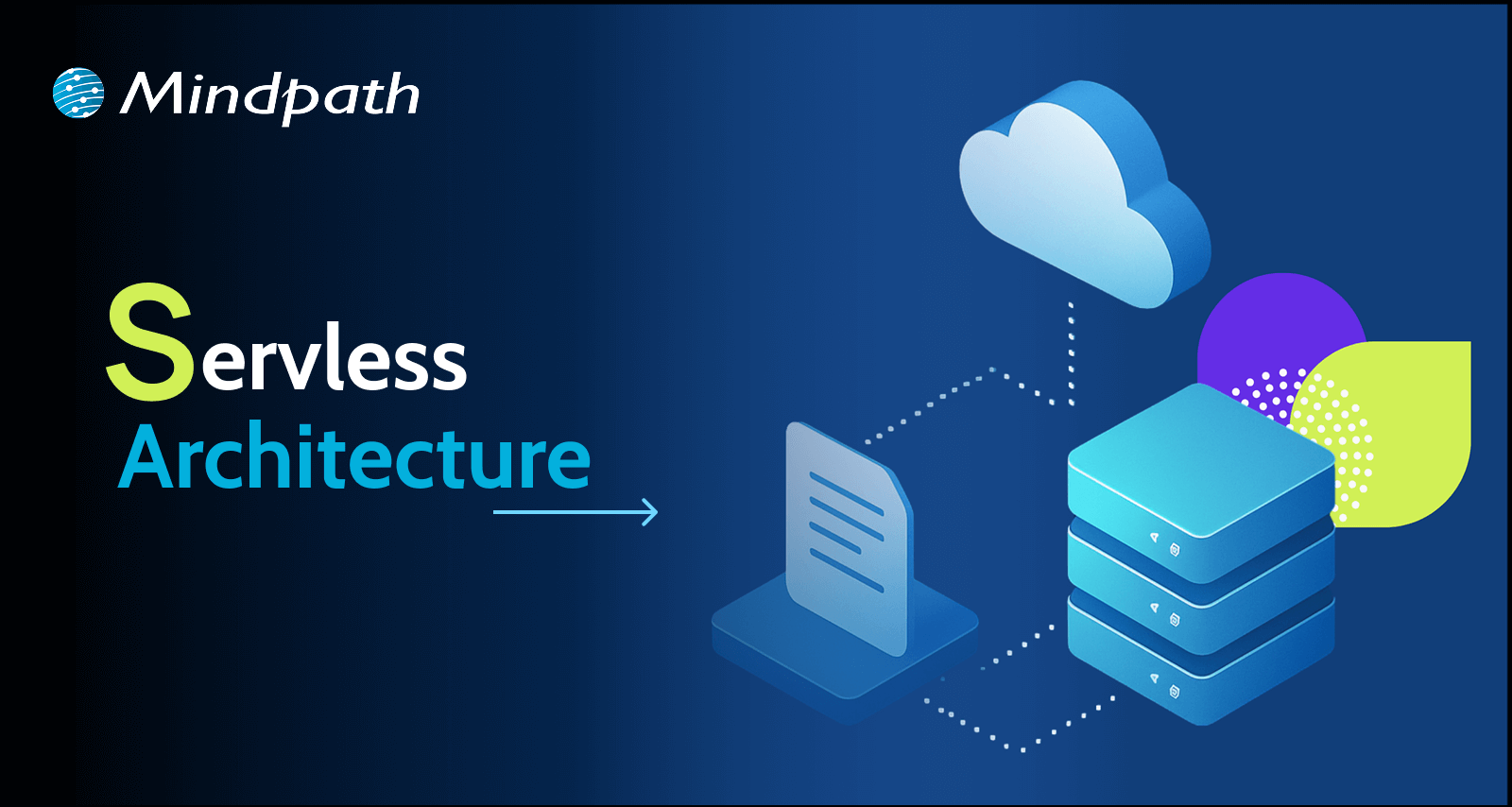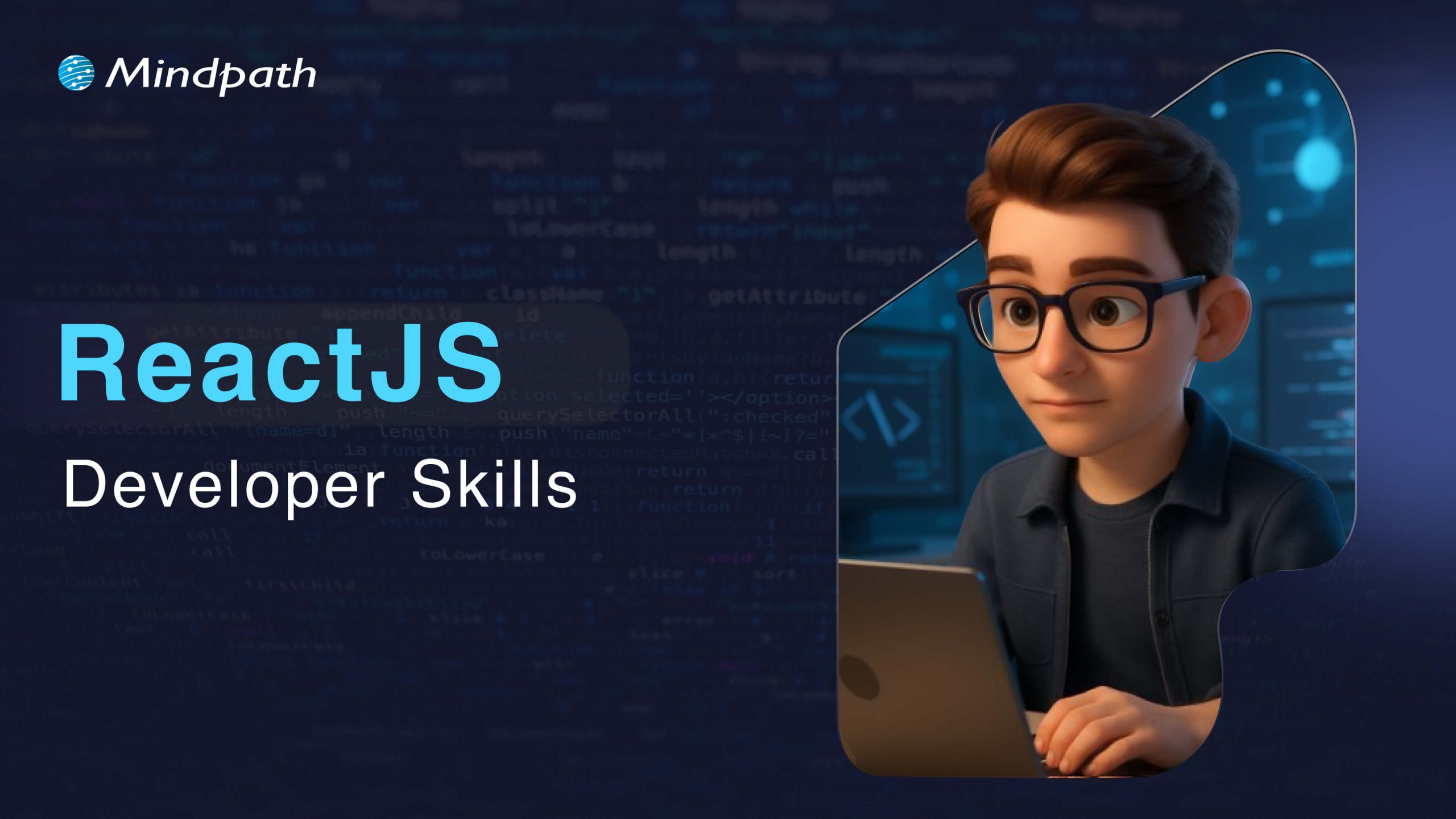Hiring the right ReactJS developers in Canada requires evaluating both technical and soft skills to ensure a successful project. Developers must have a strong understanding of React fundamentals, JavaScript proficiency, frontend development expertise, and workflow management. Additionally, assessing problem-solving abilities, communication skills, and industry experience helps in selecting the best candidate. Understanding market trends and salary expectations in Canada also plays a crucial role in making an informed hiring decision. Below are four key factors to consider when hiring a ReactJS developer for your team.
1. Evaluate Core Technical Skills
A skilled ReactJS developer should have a solid grasp of React fundamentals like JSX, Virtual DOM, component lifecycle, and hooks. Proficiency in JavaScript (ES6+), state management libraries (Redux, Context API), and API integration is crucial. Candidates should also have experience with testing frameworks like Jest or Mocha to ensure code reliability. Performance optimization knowledge, including lazy loading, memoization, and efficient rendering, is an added advantage. Evaluating these core technical skills ensures you hire a developer who can build scalable and high-performance applications.
2. Assess Frontend Development Expertise
Beyond ReactJS, a strong developer should be proficient in HTML, CSS, and responsive design principles. Familiarity with CSS preprocessors like Sass or Less helps maintain structured and scalable stylesheets. Experience in UI/UX best practices ensures intuitive and visually appealing applications. Developers should also understand front-end performance optimization techniques such as code splitting and efficient asset loading. The ability to build cross-browser and mobile-friendly applications is essential. Ensuring expertise in these areas guarantees a seamless user experience and well-structured web applications.
3. Review Workflow, Collaboration, and Soft Skills
A good ReactJS developer must be proficient in Git for version control, understand npm or Yarn for package management, and work with build tools like Webpack or Parcel. Strong communication skills help in team collaboration, discussing technical challenges, and understanding project goals. Problem-solving ability is essential for debugging issues efficiently. Adaptability to new technologies and changing project requirements ensures long-term success. Reviewing these workflow and soft skills helps in selecting a candidate who can seamlessly integrate into your team and contribute effectively.
4. Consider Market Trends and Salary Expectations in Canada
Understanding the Canadian job market helps in setting realistic expectations when hiring ReactJS developers. Developers in cities like Toronto, Vancouver, and Montreal may have higher salary expectations than those in smaller cities. The average salary for a React developer in Canada ranges from CAD 80,000 to CAD 120,000, depending on experience. Staying updated on industry trends, emerging technologies, and hiring demands ensures you attract top talent. Considering these factors helps in making a competitive and well-informed hiring decision.
Need expert ReactJS developers in Canada? Mindpath, connects you with top-tier talent to build high-performance web applications. From front-end expertise to scalable React solutions, we ensure the right fit for your project. Partner with Mindpath today and hire the best ReactJS developers!
Read our next blog: What Skills to Look for while hiring a ReactJS Developer in Canada?














